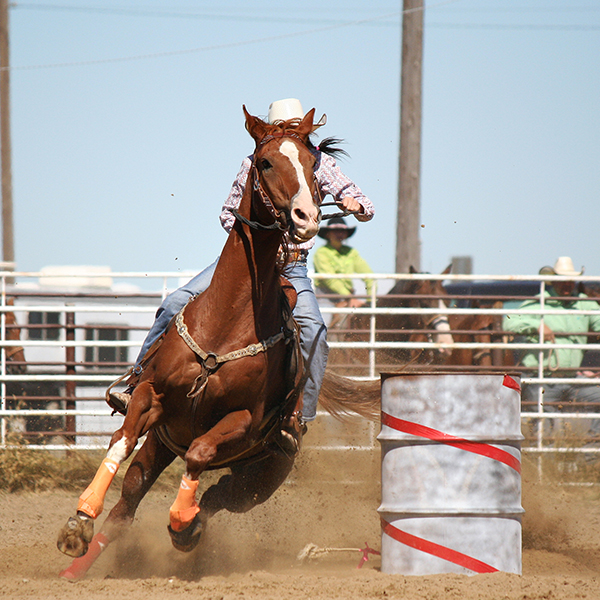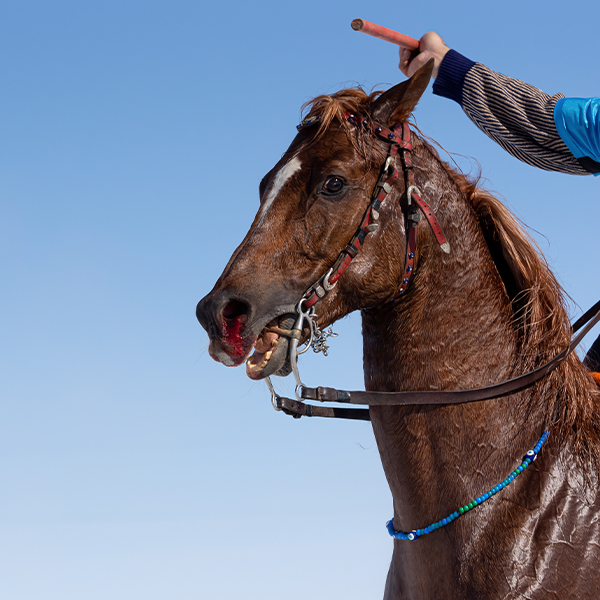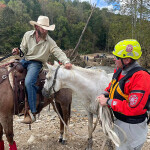Discover effective strategies to manage Exercise-Induced Pulmonary Hemorrhage (EIPH) in horses. Explore insights on training adjustments, proper diet, and veterinary care to enhance equine health and well-being. Visit our website for expert guidance on EIPH management and more.
“Bleeding” is a common term in the horse world; whether you are dealing with Quarter horses, Thoroughbreds, Standardbreds, or any other breed of horse, you are bound to hear people refer to this common ailment. But what are they talking about? “Bleeding” in horses refers to exercise-induced pulmonary hemorrhages, or EIPH. This is a condition where miniscule alveoli sacs in a horse’s lungs burst while they are exerting themselves, resulting in blood seeping into their lungs and sometimes coming out of their noses and mouths. It is a problem that a large percentage of horses contend with; although sources disagree on how great a percentage this actually is, they usually estimate that around 50% of horses experience EIPH, and some articles claim that all of them do. In this article, we will dive into the cause of EIPH before examining diagnosis, prevention, and treatment options.

What causes EIPH?
EIPH is usually caused by exertion during exercise, and it is not exclusive to horses. Although it is rare, humans can experience EIPH, and other racing animals such as Greyhounds also experience it. There are many factors that impact a horse’s likelihood to bleed; age, physical condition, temperature, and air quality are just a few of them. In general, horses that are old, out of shape, or have compromised respiratory systems are more at risk for bleeding. Racing in cold weather (below 20° C) also increases the risk of bleeding, and oddly enough, male horses are more likely to bleed than female horses. According to the paper “Exercise Induced Pulmonary Hemorrhage” published by Mississippi State University’s College of Veterinary Medicine*, EIPH is not as directly tied to duration of activity as it is to the intensity of activity, and it is believed to be a progressive disease. This means that minor EIPH attacks probably will not hinder the length of a horse’s career in the long run, but horses with major EIPH episodes will suffer from shortened careers. However, minor EIPH attacks have the potential to lead to substantial EIPH if not noticed and treated, so they should still be taken very seriously.
How is EIPH diagnosed?
EIPH is commonly diagnosed by an endoscope that is inserted into the horse’s airway shortly after they compete. The presence of blood in the trachea or bronchi leads to the diagnosis of this disease. Epistaxis, or blood coming out of the nostrils, is typically an indication of EIPH, but it can be caused by other conditions and should not be assumed to always indicate EIPH. It is also worth noting that epistaxis does not occur in every horse with EIPH; a horse may have blood in their airways that can only be seen with an endoscope, but internal bleeders are still bleeders. Horse owners should be on the lookout for outward indications of bleeding, especially since all horses will not present with epistaxis. An unusual dip in performance quality is often an external indication of EIPH, and so are sudden refusals to enter the arena or dangerous behaviors such as rearing up that are uncharacteristic of the horse. However, the biggest indication of bleeding is undoubtedly coughing—even if blood does not come out of their nose, a bleeding horse will often cough after they compete due to the blood in their airway, and this is a hallmark sign of EIPH. When an owner observes their horse exhibiting any of these behaviors, they should investigate further immediately; the earlier EIPH is caught, the better.
Prevention and Treatment for EIPH
What can be done to curb this disease? The most common form of prevention is the drug furosemide, known by its brand name Lasix (the name comes from the fact that its effects last for six hours). It is a loop diuretic that acts on the kidneys, meaning it decreases the amount of water in the body, therefore lessening the pressure in the horse’s blood vessels and reducing the risk of bleeding. It is given a few hours (two to four is typical) before a show so that it has time to take effect. Lasix works by inducing urination, so it is important to keep horses on the drug hydrated while also not undoing the work of the diuretic. Some riders give their horses electrolytes after they run on Lasix to replenish any electrolytes lost. The use of Lasix can be controversial in the horse world, but it is currently the only preventive drug on the market for EIPH. Giving a horse Lasix does not ensure it will never bleed again, but it does significantly lower the likelihood of EIPH attacks. It must be prescribed by a veterinarian, and responsible use of Lasix is extremely important; however, when used correctly, it is an invaluable drug that can help horses afflicted with EIPH.
Other than furosemide, the prevention options for bleeding are slim. Keeping a horse in good shape and reducing their water intake before competition can potentially decrease the risk of EIPH, but these are not guarantees. After a minor EIPH incident, a horse may be able to return to the arena shortly, but those with significant bleeding attacks will usually be prescribed three to six months off by a vet to allow their lungs time to heal. Antibiotics and steroids are often given to help clear up any infection in the lungs caused by EIPH.
Bleeding may be common in the equine industry, but that does not mean it cannot be successfully managed. As horse owners equip themselves with knowledge about this disease and learn to identify the signs of EIPH, we can expect to see fewer and fewer competition horses going untreated. While we may never be able to completely eliminate bleeding, we can certainly manage and treat it so that it is nothing but a small bump in the road for both horse and rider. Day by day, we can create a world of healthier, happier horses.
*Graves, Summer Walton. “Exercise Induced Pulmonary Hemorrhage.” Mississippi State University College of Veterinary Medicine.









